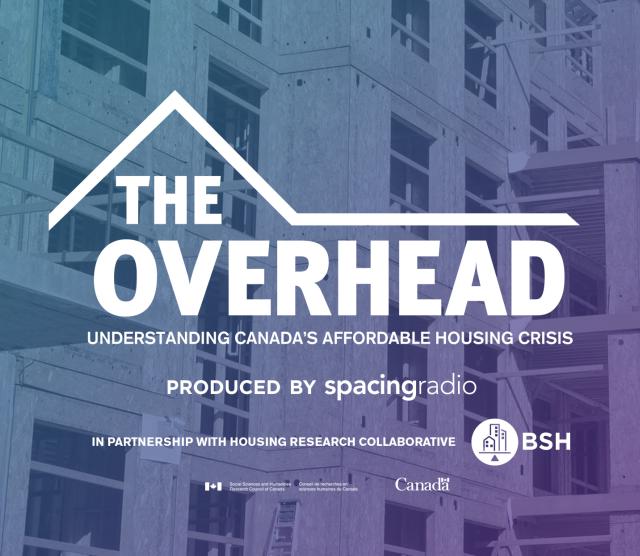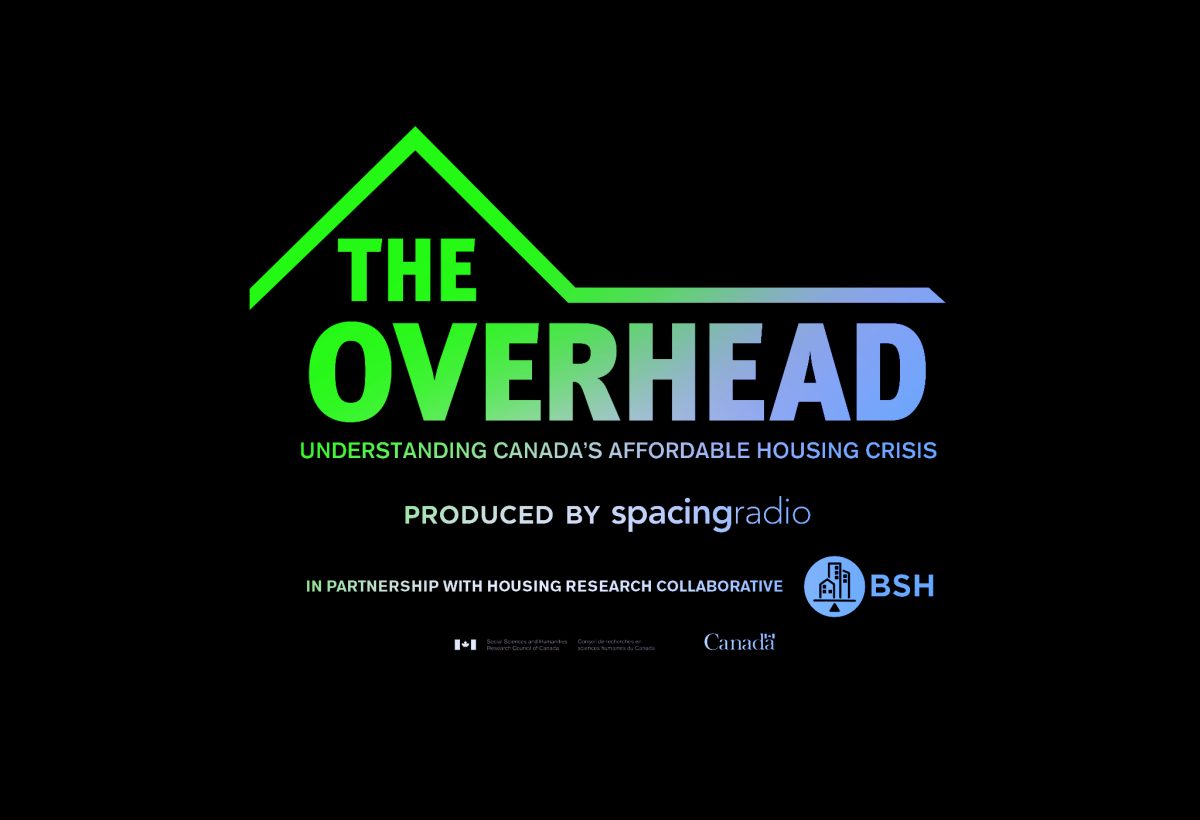Spacing and the Balanced Supply of Housing research node proudly present The Overhead: Understanding Canada’s Affordable Housing Crisis, a special podcast series.
THIS EPISODE: Women and Children Fleeing Violence
Women and children experiencing violence need housing options to be able to start a new life free of abuse, survive, and support themselves. But housing options that suit their particular situation and needs are often limited, due to the housing crisis, as well as a lack of appropriate services.
For these reasons, Tanyss Knowles, director of programs at the BC Society of Transition Houses, says there is a connection between women and children fleeing violence and homelessness:
Sometimes, the barrier to housing for women and children fleeing abuse is baked into the standards set by government. Alina McKay, research coordinator at the Housing Research Collaborative, and University of British Columbia grad student Victoria Barclay have been researching how the National Occupancy Standards can actually impede access to housing. Victoria explains:
Because of the National Occupancy Standards, women who are fleeing violence with children are often actually denied housing because the family does not fit what that unit looks like. So if they need, according to their gender and the age of their children, four bedrooms when only two bedrooms are available, they’re denied housing. Often that can mean they end up homeless.
How do we ensure women and children fleeing violence have a place to flee to?


